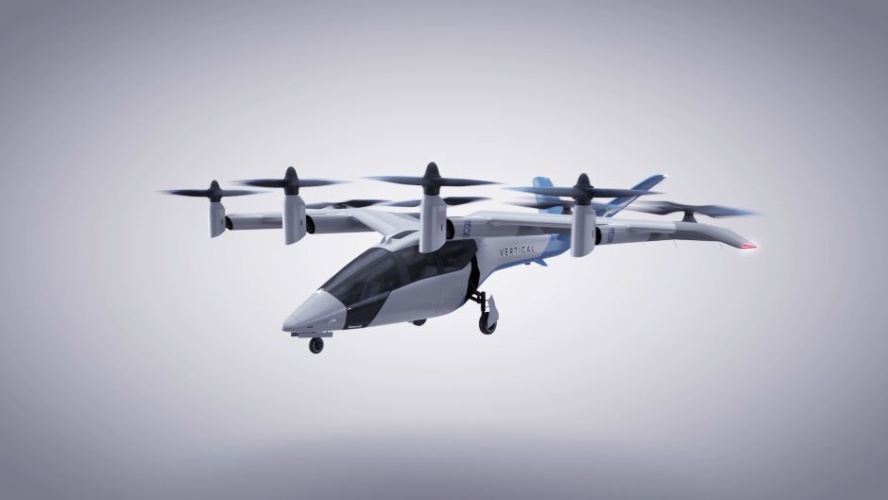
Rolls-Royce said it will integrate an electrical power system into the piloted VTOL vehicle, which will carry up to four passengers for 120 miles at cruise speeds of over 200mph and is on course to certify in 2024.
All-electric Spirit of Innovation makes first taxi run
Vertical Aerospace is a key collaboration for Rolls-Royce Electrical - a specialist team developing sustainable, efficient and quieter technology for aviation, marine, land and industrial applications - as it marks the company’s first commercial deal in the Urban Air Mobility (UAM) market.
Rolls-Royce will design the system architecture of the whole electrical propulsion system that includes Rolls’ latest 100kW-class lift and push electrical propulsion units, the power distribution and the monitoring system that will support operations.
In a statement, Rob Watson, director – Rolls-Royce Electrical, said: “We are delighted to collaborate with Vertical Aerospace for the electrical technology that will power their pioneering eVTOL aircraft. This exciting opportunity demonstrates our ambitions to be a leading supplier of sustainable complete power systems for the new Urban Air Mobility market which has the potential to transform the way that people and freight move from city to city.”
Michael Cervenka, CEO – Vertical Aerospace added: “This collaboration builds on our existing partnerships and Vertical is well-positioned to develop the world’s leading eVTOL aircraft, certified to the highest CAA and EASA safety standards being set globally.”
Around 150 Rolls-Royce engineers will work with the Vertical Aerospace team on developing the aircraft which is aiming to be one of the world’s first certified eVTOLs. Bristol-based Vertical Aerospace has flown multiple full-scale eVTOL prototypes and the build of VA-X4 will begin shortly with assembly taking place in the UK and the first flight taking place this year.
In a separate development, Rolls-Royce recently announced a partnership with Tecnam and major worldwide aviation partners for the development of the P-Volt, an all-electric, twin electric motor, short and medium range passenger aircraft.





Poll: Should the UK’s railways be renationalised?
I _do_ remember British Rail - and that it was <i>literally</i> a national joke https://youtu.be/zV2lmSDKvO8